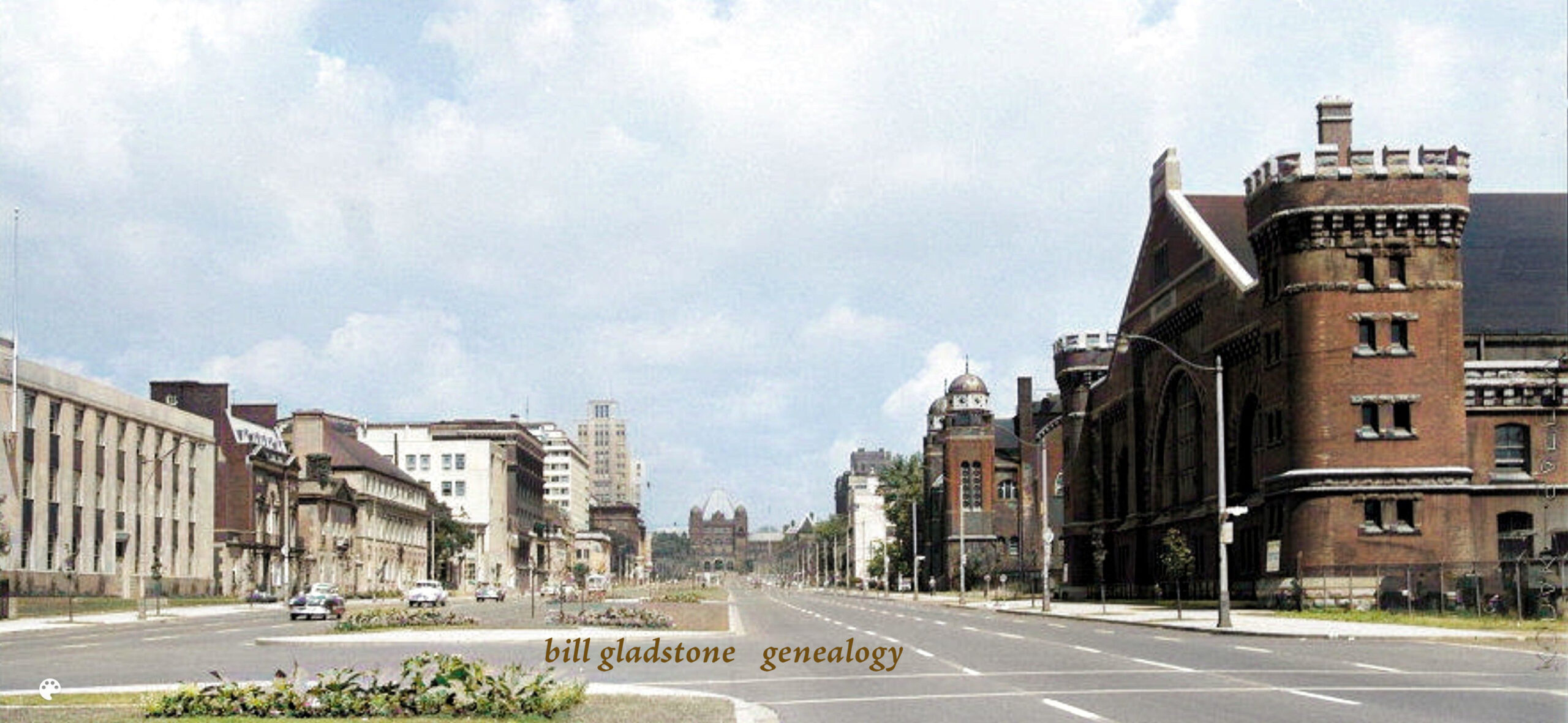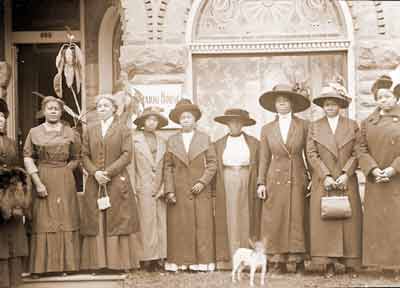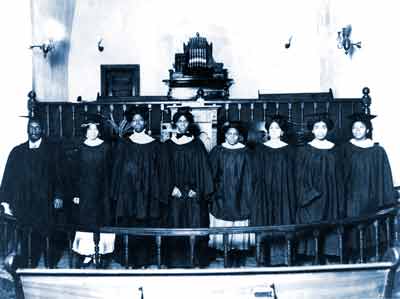 THIS appraisal of the lot of the colored population of Toronto in 1908 presents a fairly positive and upbeat portrait, but it is clear nonetheless that the “negro” of a century ago faced genuine discrimination in this city, with many doors closed in his face.
THIS appraisal of the lot of the colored population of Toronto in 1908 presents a fairly positive and upbeat portrait, but it is clear nonetheless that the “negro” of a century ago faced genuine discrimination in this city, with many doors closed in his face.
The era was one in which the vast British-descended Anglo-Saxon majority was waking up to the fact that, for the first time, there was a multitude of “foreigners” — Negroes, Chinese, Jews, Italians and other Europeans — who lived in the city and were in the process of becoming true Torontonians. It was the first recognition that Toronto was becoming a truly cosmopolitan city.
The following article appeared in the Toronto Star of April 4, 1908. If the language at times seems demeaning, please remember that it was written in an era when racial stereotypes prevailed and were considered completely acceptable.
Illustration: Old Houses, Toronto, Winter, 1919, painting by Lawren Harris. Reproduced from “Lawren Harris In The Ward: His Poetry and Paintings,” published by Exile Editions, 2007.
* * *
1,000 Colored People in City
Their Number is Decreasing — The Opportunities for Them Are Limited
Support Three Churches
Few Get into Trouble — Not Many are Very Poor — Girls Go to Service
From Toronto Star, April 4, 1908
Toronto has a colored population of about one thousand people, spread all over the city. Thirty-five years ago things were different, as then the negro people were practically congested within St. John’s Ward, and their number was much in excess of what it is today.
Their Number Decreasing
It is estimated that within the past quarter of a century the colored population has decreased twenty-five per cent. Asked why it was, one of the best-known colored men in Toronto, who has lived her for sixty-four years, said that the boys and girls find better advantages offered to them in the States and as soon as they are able to look after themselves, they migrate there. On the other hand, not ten negroes in a year come into the city, so that at the present rate of decrease it will be only a matter of some years when Toronto will have no colored population at all.
Not Many Very Poor
In the main those in this city are above the ordinary class of colored people. They are not rich, nor are they poor for not in years has a case of relief been brought to the City Relief Officers, unless it is some stranger who wandered into the city. Their houses are of the modern kind, with all improvements, and they live like people of moderate means. By far the majority of them taboo the low localities in the city, and in every ward a number of them can be found living side-by-side with white people, in harmony.
What They Do.
Their occupations are not numerous. About twenty men conduct barber shops, which are well patronized. The most of them are high-class, and not a few in the downtown section of the city boast a clientele of well-known business men.
The Pullman car porter is well known to every traveler. About one hundred such have their residence here. They make good money, oftentimes much more than he who gives them a quarter tip on being awakened in the morning.
Colored Waiters Go.
They are most attentive servants, and the railroads find them practically indispensable. For this reason one wonders why they have been supplanted by white help in the large hotels. Not so long ago the Queen’s and the Rossin House had a large staff of colored waiters, but today none are employed, and it is the same at the King Edward.
About half a dozen colored men are employed as carriers for his Majesty’s mails, and in this sphere also they prove themselves competent.
The colored women love their homes and there spend their days. Their daughters, however, go out in service, and many a woman in Toronto who has trouble with her servants wishes there were many more of them here, when they see the excellent service given at some friend’s home. One of the best examples is at the residence of a judge, where the household from nurse to cook are colored. They were not born in Toronto, however, but were brought here direct from the West Indies.
Twelve years ago there lived here the well-known “Doc” Sheppard. He was a burly chap, and had more difficulty keeping out of trouble than most people have in getting into it. For years his familiar figure could be seen on Yonge and King streets, decorated in a gaudy costume, advertising a brand of cigars.
Another noted negro was “Dick” Jackson, who twenty-five years ago kept a barber shop on King street.
Few of Them Arrested.
Searching the police records, one wonders at the few names of negroes on the list. These days it is but seldom one of them finds his way into the Police Court.
Three Churches.
in Toronto there are three churches for colored people, the Baptist, on University avenue, the African Episcopal on Elizabeth street, and the British-American on Chestnut street. Regular services are held, and the pastors say their flocks set an example in church attendance that could well be followed by white folks.
Looking at the social side, the Toronto colored people have a good time among themselves. They are great on tea parties, which they hold in their churches, and not a week goes by but a concert, a dance, or an entertainment of some sort does not take place. In general they are not great theater-goers, and while none of Toronto’s houses of amusement actually close their doors to them, they leave it to be understood that their presence is not desired.
Prejudice Against Them.
As a general rule a colored boy has not much chance of learning a trade in Toronto. Most avenues of employment are closed to them, due not only to the prejudice of the workmen, but oftentimes to the employer himself.
All in all, however, Toronto’s colored folks are a well-satisfied lot. ♦
* * *
NEGRO SPEAKS YIDDISH: Yesterday afternoon a colored gent, speaking fluent Yiddish, went into a Hebrew establishment on Spadina ave., and flim-flammed the proprietor out of $5 in a short-change stunt. Now the detectives are looking for this man. — Toronto Star, July 8, 1921.








